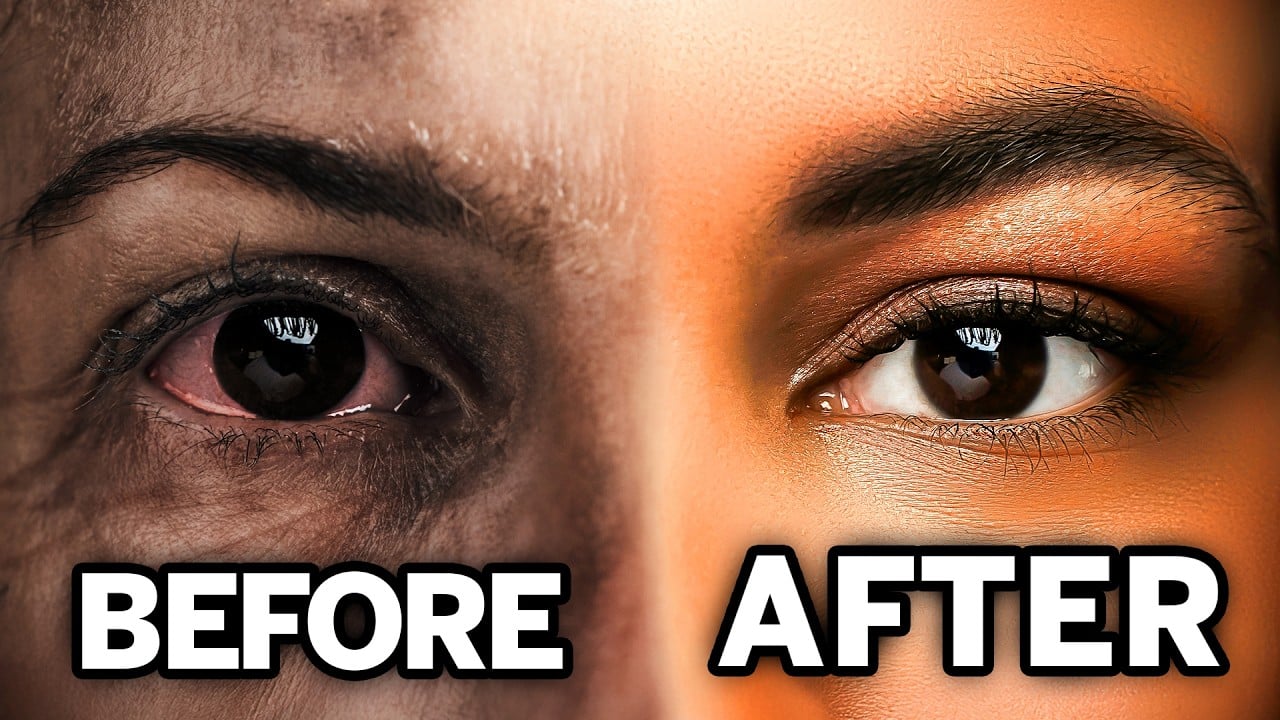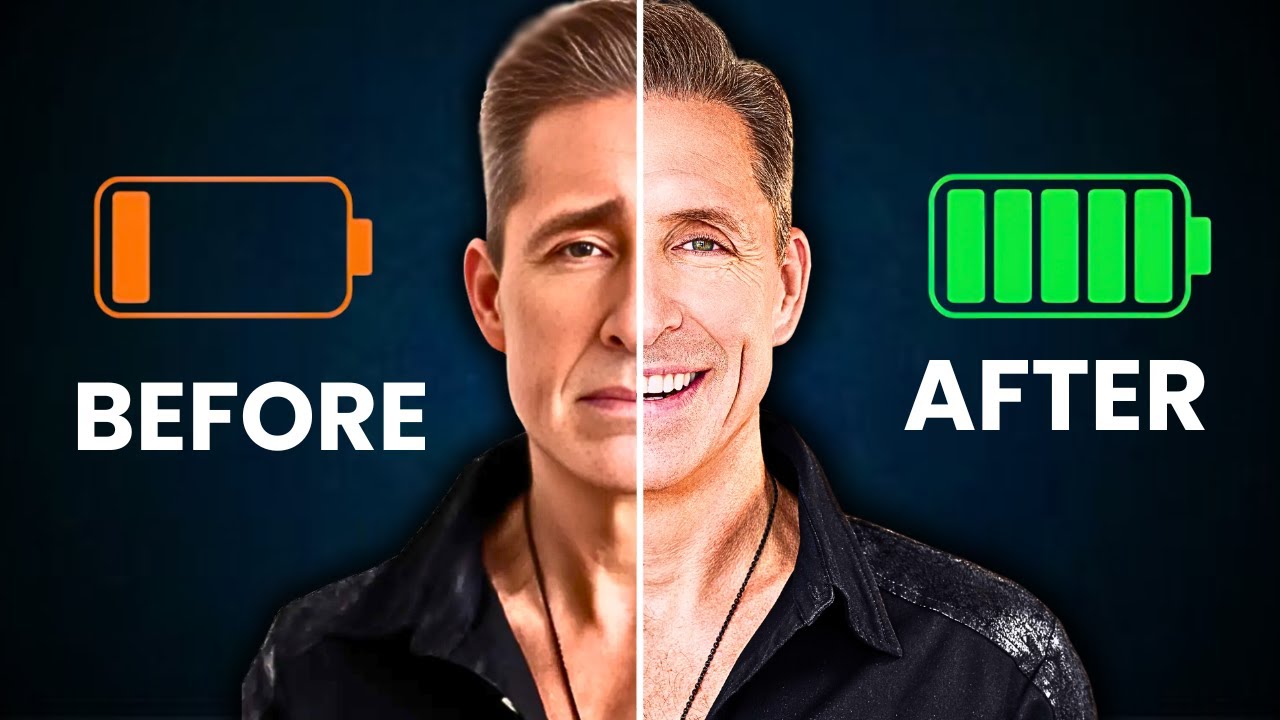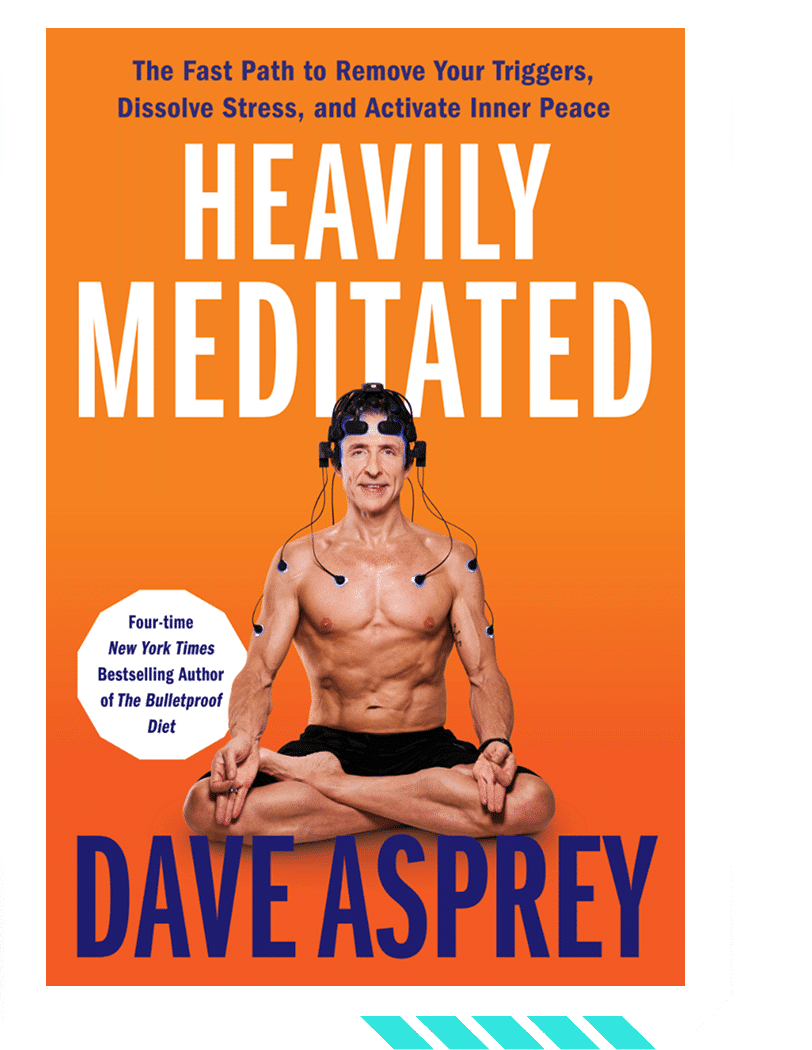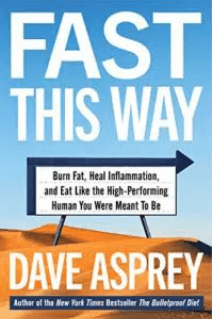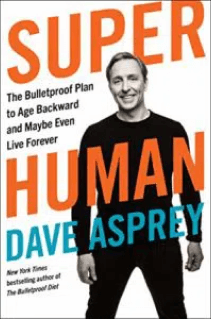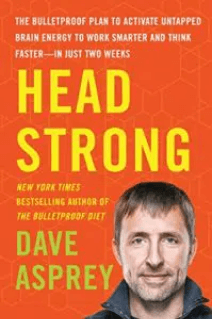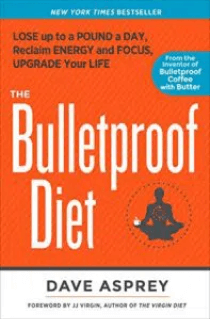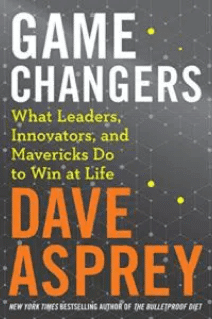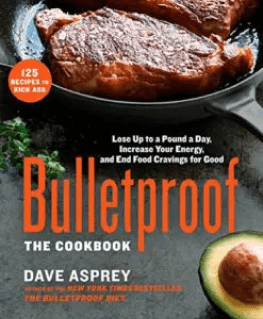
The statistics are eye-opening. Women represent nearly two-thirds of Americans with Alzheimer’s Disease (AD). In her 60’s, a woman’s projected lifetime risk for developing Alzheimer’s is 1 in 6, compared to 1 in 11 for breast cancer.[ref url=”https://mybrain.alz.org/alzheimers-facts.asp”] Though the statistics demonstrate that Alzheimer’s afflicts many more women than men, it’s not often perceived as a gender-based disease.
“That’s why we started the Women’s Alzheimer’s Movement,” explained Maria Shriver, one of the world’s foremost Alzheimer’s advocates, in a recent Bulletproof Radio (iTunes) podcast episode. “That’s why I fund women-based research, and I still go around the country pushing researchers and doctors to look at women’s health differently. [Doctors often say,] ‘Well, you know, there’s a lot we don’t know.’ That should not be the fallback answer from doctors to women.”
For 15 years, Shriver has been reporting on, fundraising for, and bringing awareness to Alzheimer’s. It started when her father was diagnosed with Alzheimer’s disease in 2003.
Related: Get free guides, ebooks, recipes and more to supercharge your health
What is Alzheimer’s disease, really?
More than 100 years ago, Alois Alzheimer observed that people with cognitive decline had a peculiar protein called amyloid plaque in their brain. A lot has been gleaned since then. In the last ten years, studies have consistently demonstrated that this plaque formation, which impairs cognition, is caused by a lack of insulin, or insulin resistance, in the brain.[ref url=”https://www.ncbi.nlm.nih.gov/pmc/articles/PMC2769828/”]
Alzheimer’s isn’t the only disease linked to insulin resistance. Insulin resistance is more commonly recognized as the major risk factor for diabetes. The latest research connecting brain disease with insulin issues has led to Alzheimer’s now being referred to as type 3 diabetes.
The role of insulin in Alzheimer’s
In his groundbreaking book “The End of Alzheimer’s: The First Program to Prevent and Reverse Cognitive Decline,” internationally recognized expert in neurodegenerative diseases, Dale Bredesen, MD, explains the role of insulin in Alzheimer’s.
Bredesen notes that the job of an insulin molecule is to lower blood glucose or sugar levels. In order to ensure that blood glucose levels don’t drop too low, your body must break down insulin. This happens through the help of an enzyme called insulin-degrading enzyme (IDE), which incidentally, helps to destroy Alzheimer’s plaques.
However, the sticky part of this equation is that the IDE enzyme cannot break down excess insulin and destroy plaque at the same time. If IDE is busy breaking down insulin, it doesn’t have the bandwidth to fight plaque.
What this means is that by having to constantly combat excessive insulin levels (most often due to excessive sugar consumption from a poor diet high in processed foods), IDEs leave the gates wide open for plaque to build up, thus causing Alzheimer’s.
The way to combat Alzheimer’s, or type 3 diabetes, may be to reduce insulin resistance and restore insulin sensitivity. Because there are few symptoms of insulin resistance (fatigue, belly fat, high blood pressure), you may not realize you have it.
Related: Reverse Insulin Resistance With Intermittent Fasting
How to combat Alzheimer’s with cyclical ketosis
Cyclical ketosis is a key way to improve brain health. In this approach to the keto diet, you cycle in and out of burning fat and carbs for fuel. You can reach ketosis through a high-fat, low-carb diet (less than 50 grams of net carbs a day), however for some people – women in particular – it’s challenging to remain in this state all the time.
Enter a cyclical ketogenic diet like the Bulletproof Diet. You follow a high-fat, low-carb meal plan five to six days a week. On day seven, you up your carb intake to roughly 150 grams, during what’s called a carb refeed day. In this way, your body learns to utilize both fat and carbs for fuel by what’s called metabolic flexibility. Since, in cases of Alzheimer’s, the brain doesn’t use sugar well and thus becomes insulin resistant, a cyclical ketogenic diet will minimize the damage sugar causes, though still provide you with ample fuel in the form of healthy fats.
As you become more and more fat-adapted on a cyclical ketogenic diet, you’ll retrain your brain mitochondria – those powerhouses that make cellular energy – to become resilient and metabolically strong in the absence of glucose. Bonus: You’ll also give your IDE enzymes a chance to clean house on any cognitive-impairing plaque that shouldn’t be hanging out in your brain anyway.
Related: Keto Diet for Beginners – Your Complete Guide
Simple steps to cyclical ketosis
- Follow the Bulletproof Diet and restrict carbs for several days to get into the ketogenic habit. Then, after two weeks, reintegrate carbs on carb refeed days. Aim for Bulletproof-friendly sweet potatoes, squash, and white rice one day a week on your carb refeed days.
- The easiest way to consistently keep ketones present in your body (to train your cells to easily burn both fat and sugar) is to add Brain Octane Oil (BOO) to your meals. Mix it up in salad dressing or drizzle on your sushi so that you’re getting a small, steady dose throughout the day.
Read Next: The Benefits of Carb Cycling and Following a Cyclical Keto Diet




